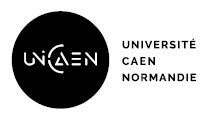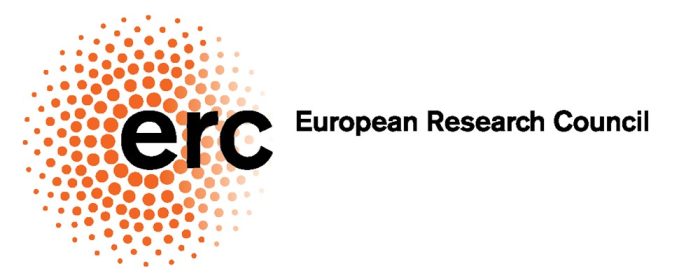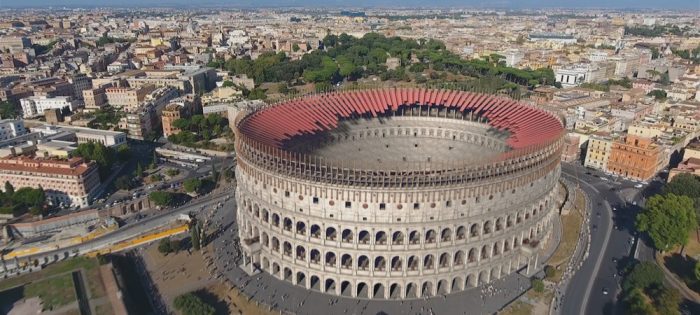How about taking a fresh look at our city? The aim of the Social Atlas of Caen is to explain and to illustrate the social realities of yesterday and today through maps. The Atlas covers topics such as access to health services, ageing, poverty, religion, sports activities, employment, housing, tourism, etc. This Atlas, which won the CNRS 2023 Crystal Collectif award, depicts people’s relationships with their living environment. Here is an interview with Jean-Marc Fournier, a professor of geography (ESO-Caen UMR 6590) and scientific director of the Social Atlas of Caen.
What is the Social Atlas of Caen?
Usually, an atlas is a compilation of maps presenting how a world, a country, a region or even a city functions. The Social Atlas of Caen is precisely such an atlas: it illustrates the organisation of the society of Caen and its living spaces, to better understand the changes of our territory. These maps allow us to see everyday life in Caen through different eyes. The very idea of this atlas, which emerged in 2019, is to share the findings of our social geography research with everyone. The results of our work are likely to be of interest to a very wide audience – the scientific community, elected representatives, regional planning professionals, people who come to the city daily … and, more generally, all those who love the city of Caen! This is the very essence of our work as researchers: sharing knowledge to help people think about the future and to be useful to society and the region we live in.
The Social Atlas of Caen is available in digital format, as a book, and now as a traveling exhibition!
Yes, we are indeed multiplying the media and formats to reach as many audiences as possible. The Social Atlas of Caen is first and foremost a website, which is regularly updated with new thematic maps – “Caen as seen by the media”, “Places of worship”, “Caen’s beautiful districts”, “Cycling in Caen”, “The urban and social challenges of the tramway” … to name but a few. All maps are accompanied by short texts and images. This digital atlas is part of an open access approach, with a desire to make public research data available and pass on scientific research methods to future generations. We have also published a paper version of the Social Atlas of Caen in October 2022, with contributions from 71 geographers, sociologists and economists. We went out to meet the public at the Musée de Normandie, the TURFU Festival, the FÊNO and the Salon du livre de Caen (Caen’s annual book fair). The latest opportunity we’ve seized is the “Jouons cartes sur table” (“Put your cards on the table”) traveling exhibition, which will be set up in 12 districts of the city of Caen from September 2023 to April 2024. It is very exciting to explore these different ways of disseminating our work.
In 2023, the Social Atlas of Caen will be celebrated by the CNRS. What does this cristal collectif award mean to you and your ESO laboratory?
The Social Atlas of Caen is actually part of a wider project run by Espaces et Sociétés (ESO), a laboratory based in Angers, Caen, Le Mans, Nantes and Rennes. So, it is not only the Social Atlas of Caen that is celebrated by the CNRS, but the Social Atlas projects of each of the five sites. The crystal collectif award rewards teamwork: these atlases would never have come to existence without the support of the research assistance staff who, through their contributions, enhance the success and impact of our work. Laura Pauchard (Research engineer), who passed away in 2022, now receives this distinction posthumously: her dynamism and rigour were decisive factors in the success of this project. It is also a tribute to the complementary nature of our profiles and missions – geomatics, cartography, digital humanities, communication … In terms of our laboratory it is a unifying project, with each and every one of us being able to make our own contributions. This cristal is an honour for us all and encourages us to pursue this impulse to share our knowledge.







